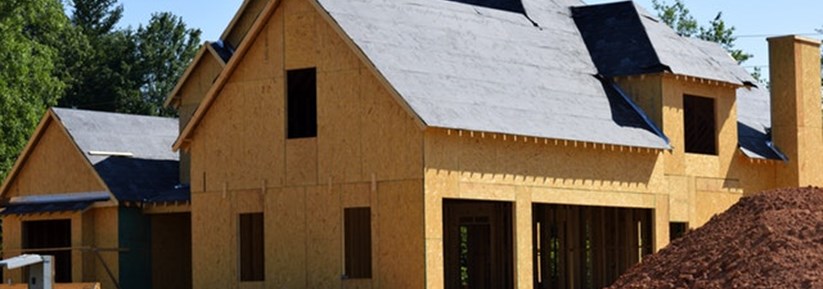How To: Apply for Planning Permission

Planning permission is required for all major building works and you should be sure to make a proper application before you start.
If you're planning any form of major building works, whether it's constructing a new building, making extensive changes to an existing one or adding any outbuildings, you will need planning permission from your local authority. It is important that you apply correctly and obtain permission before starting any works.
Application process
Most new applications for planning permission in England and Wales can be submitted online using the Planning Portal. Using this system will ensure that you only have to answer questions that are relevant to your particular project. There is also the option of making a paper application.
You can apply for planning permission on any piece of land; you do not need to own it. This means that you can apply while you are deciding whether to complete a land purchase. However, you must inform the owner – or all the part-owners – any leaseholders with seven or more years remaining on their lease, and any agricultural tenants. You do not need to apply for the permission yourself, either: if you prefer, you can have your architect, solicitor or builder apply on your behalf.
Official advice
Before you submit your application, it is recommended that you see a planning officer to discuss your plans; note that some planning authorities charge for this service. The application form asks whether you have spoken to a planning officer, as doing so can make it easier for the local authority to process your application.
At the meeting, you should be prepared to discuss your plans in details and bring any planning documents you have already prepared. The officer will discuss potential problems with the site and advise whether it is likely that the council will impose conditions on the project. You can also ask the officer to assess whether there is a reasonable chance of getting permission.
Forms and fees
In addition to the form, you will need to provide supporting documents as part of your application. These include a location plan, a site plan, an ownership certificate, an agricultural holdings certificate – regardless of whether the site includes an agricultural holding – and a design and access statement. You can find out more about these documents on the Planning Portal.
The final part of your application is to submit the appropriate fee. This can vary depending on the size of the project, so you should find out how much you are required to pay.
Material considerations
Once the application has been submitted, it can take 10–12 weeks for you to receive a decision. There are a variety of factors that go into the decision, which are called “material considerations”. These include:
- loss of light or overshadowing (see more about the right to light)
- parking
- traffic and highway safety
- overlooking/loss of privacy
- noise
- impact on listed buildings and nature conservation areas
- building layout and density
- disabled access
- previous planning decisions
- government policy.
Neighbours may be consulted and are often invited to comment. However, they can only make objections based on material considerations. At this stage, if there are no objections and the officers recommend approval, then permission will generally be granted. If there are objections or if the application is called in by one of the councillors, then the decision is put to a vote by the local planning committee.
Success rates
If your application is refused, you have the option to amend it and resubmit or make an appeal. In England, roughly 75% of applications are granted, and of those that are refused, around 40% are later granted at appeal.
Once you have been granted planning permission, you have three years to begin the works. If you have not begun in that time, you will need to reapply.